Tangent Online Presents:
An Interview with George R. R. Martin
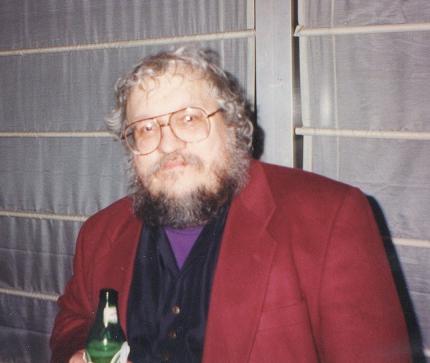
(George R. R. Martin photo by Dave Truesdale,
Interviewers:
Dave Truesdale & Paul McGuire III
Location:
ICON I, Iowa City, IA
October 31, 1975
Interview originally appeared in Tangent #4, Feb. 1976, and is reprinted here for the first time.

Cover art by Mark Gruenwald for Roger Zelazny’s Lord of Light.
Introduction
ICON I was held in a hotel just outside of Iowa City, IA over Halloween weekend 1975. It was my second convention and I had just turned 25. Roger Zelazny was GoH and was the primary reason I attended. Wilson (Bob) Tucker was there (probably as Fan GoH, I don’t remember), and a relative unknown by the name of George R. R. Martin. All three were interviewed, and the interviews published in the same issue of Tangent as this George R. R. Martin interview. Until now, none of them have been reprinted, though the Zelazny and Tucker interviews will eventually be showcased here as well.
This interview is nowhere near the length of the marathon interviews peviously reprinted here, those of Leigh Brackett & Edmond Hamilton, Lester & Judy Lynn del Rey, William Tenn, or Donald A. Wollheim. These folks had been around for many decades and had much more to tell than would a relative newcomer like George R. R. Martin who, in 1975 and fresh off of his first Hugo win two months earlier for “A Song for Lya,” was just beginning his stellar print career, and who would then years later spend time doing work in Hollywood (The Twilight Zone and Beauty and the Beast) and now, again, end up returning to the written word with his world famous A Song of Ice and Fire series of novels, turned now into the popular, award-winning cable television series The Game of Thrones.
Thus, what you are about to read concerns George’s beginnings, his hopes and aspirations, and now thirty-eight years later and in retrospect, obviously how almost all of them have come to pass. It’s a fun read, and like many of us who have become his friends and followed his career we couldn’t be happier the way his life and career have turned out. It doesn’t happen all the time, but in George’s case his obvious hard work, perseverance and talent has won out. The only one of his dreams (he tells us)—to be the next F. Scott Fitzgerald—still needs a little work. But don’t count him out.
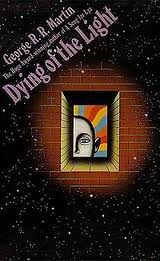
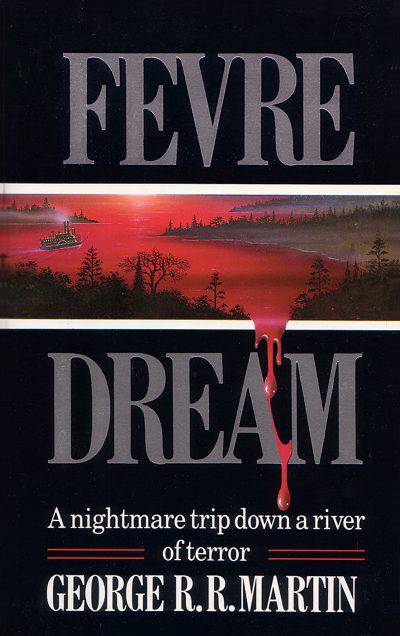
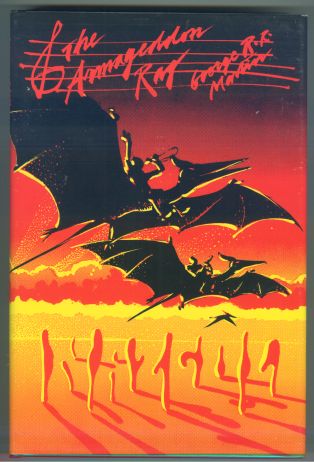
{Above left: Dying of the Light, 1977 – Center: Fevre Dream, 1982 – Right: The Armageddon Rag, 1983}
TANGENT: How long ago did you begin writing—professionally?
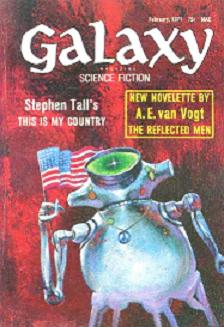 George R. R. Martin: I sold my first story in August of 1970. It appeared in the February 1971 issue of Galaxy. I started submitting to professional magazines a few years earlier, 1967, on a small scale but very regular basis. It was like one story a year or something.
George R. R. Martin: I sold my first story in August of 1970. It appeared in the February 1971 issue of Galaxy. I started submitting to professional magazines a few years earlier, 1967, on a small scale but very regular basis. It was like one story a year or something.
TANGENT: Have you turned to full-time writing now?
GRRM: Well, since February of 1974 I haven’t had a full-time job. But I do other things to supplement my writing income. I run chess tournaments on weekends. That’s a fairly good job; it takes the weekends. I make enough money from that to live on, and during the week I’m free to write.
TANGENT: What was your reaction when you won this year’s Hugo Award?
GRRM: Pleasure. Excitement. All that normal stuff. I was very happy.
TANGENT: Had you been looking forward to it for a long time?
GRRM: Oh, sure. I’d wanted a Hugo for years and years. Some of the other young writers and I used to sit around and kid each other about it. You know, who’d win the Hugo first.
TANGENT: You’d been nominated before, hadn’t you?
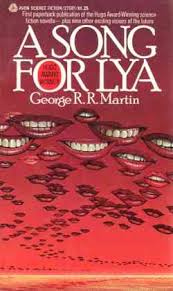 GRRM: Yes. I finished second the year before. I also finished second on two Nebulas. The only disappointment was that when I finally won I couldn’t be at the worldcon to collect. I sat through four banquets of various sorts. Torcon when I was up for a Campbell Award. Discon I was up for a Hugo, and two Nebula banquets when I was up for the Nebulas. And I lost every time. When they’d say, give me the sealed envelope please, it was never me. But the one I won was in Australia, and I wasn’t there. Ben Bova picked it up for me.
GRRM: Yes. I finished second the year before. I also finished second on two Nebulas. The only disappointment was that when I finally won I couldn’t be at the worldcon to collect. I sat through four banquets of various sorts. Torcon when I was up for a Campbell Award. Discon I was up for a Hugo, and two Nebula banquets when I was up for the Nebulas. And I lost every time. When they’d say, give me the sealed envelope please, it was never me. But the one I won was in Australia, and I wasn’t there. Ben Bova picked it up for me.
TANGENT: Do you have any favorite themes you like to work with?
GRRM: I do have several things I want to say, which I’ve said in different ways in stories. I’m concerned with interpersonal relationships, I do a good many love stories, or stories about love in order to determine the nature of it. Someone once said that love and death are the only two things worth writing about, so I write about those a lot.
But these aren’t the only sort of things I write. I do other things just for a break; less serious things, minor works that are a good adventure story. I do light stuff. I don’t do comedy stories, can’t, don’t have the talent to do humorous pieces. But I can do a piece that’s light, that maybe has one or 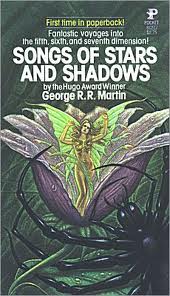 two humorous moments in it. Sly smile moments. But I can’t do belly-laugh stuff.
two humorous moments in it. Sly smile moments. But I can’t do belly-laugh stuff.
TANGENT: Are you considering writing a novel in the future?
GRRM: I’m writing a novel right now. It’s called After the Festival.
TANGENT: Do you think science fiction should be taught in the classroom? Do you think science fiction takes itself too seriously?
GRRM: Well, I think it’s a good development, teaching science fiction in the classroom. It will bring in new readers and that’s a good thing.
TANGENT: I just saw a book in the hucksters room today, and I think it’s edited by Chelsea Quinn Yarbro and someone else, but this book is a book of specially commissioned stories that deal with the traditional themes of science fiction, especially for use in teaching in the classroom. They may not even be good stories, but just tired reworkings of old themes just so the kids being taught will know what the themes are.
GRRM: That doesn’t sound like a very good anthology idea offhand, but I don’t think that’s typical of the academic movement as a whole. Most college science fiction courses use the recognized classics for their basic reading list. Which is good for the authors involved, it makes them more money, they get more royalties, and there are also more science fiction books in print this way. It’s certainly good for the students just coming into the field.
TANGENT: How much more money can you expect, now that you’ve won a Hugo?
GRRM: Well, I don’t know yet. Hopefully, I’ll get a lot. You know, the Hugo does have commercial value. I have a short story collection coming out in February from Avon, and I’m sure they have …HUGO AWARD WINNER… on the cover somewhere (chuckling). And, uh, it certainly can’t hurt sales. And I’ll probably be able to command bigger advances now.
TANGENT: Do you have to study up on the science you use in your stories, although you write many times about love?
GRRM: No. I don’t think I’m too scientifically illiterate; I think the science in my stories—when it’s there—is usually in the background. I’m not a hard science writer at all. I have no scientific training to speak of, most of the science I use is from reading other people’s science fiction stories (laughing). I think I took one astronomy course in college.
TANGENT: How do you go about setting up one of your stories? Outlines? Instinctively?
GRRM: Well, no. No outlines. I work pretty instinctively. Well, you know, say for an idea, it can be anything from a character to a scene, I kinda write it down on a sheet of ideas I keep that’s pages and pages long, and some of them just bother me more than others. I’ll start to daydream about one, wandering about the house, listening to music, sitting out on the porch drinking my coffee in the morning, and the idea will start rattling around in my head. And then it’ll begin to fit together very quickly, sometimes in a day or two. I’ll just daydream constantly, and if it doesn’t begin to fit I’ll put it aside and think of something else, a published story or whatever. And finally though, I’ll just sit down at the typewriter and it gets written. But it’s only really written in my head, and I don’t know where it’s going. I don’t have an outline. I revise a story as I go along, generally I write only one draft.
I go back and make some changes after I’m through, but for the most part it’s final copy when it comes off the machine. But I waste a lot of pages that way. If I don’t like a sentence I’ll rip the page out. I’ve usually got a wastebasket full of barely used paper (chuckling).
I’ve tried doing drafts of stories, but I don’t like it nearly as well. I found that I was rewriting twice as much; I was still doing my thing—ripping out, throwing out. The only difference was that I was running it all through the typewriter again, and I was just retyping the same sentences. And I didn’t see why I should change all of that.
TANGENT: Do you have any long term goals in your science fiction writing? What’s your next dream now?
GRRM: To win a Nebula. It’ll balance the shelf (laughing). Well, I don’t know—to become rich and famous, like every other writer. To reach a point where I can support myself entirely on my writing, and to be able to write the kind of books I want to write, to get better and better. (Laughing) To be the next F. Scott Fitzgerald.
TANGENT: Which of your works satisfied you the most?
GRRM: That’s hard to say. I go through periods. In some ways “A Song for Lya.” But on the other hand, when I reread “Lya” now, which was written two and a half years ago, I can see things I’d do differently now. I’m still pretty satisfied with the story, but I’d change words and phrases, the way the prose is handled, and maybe a few things in the shape of the background. I just think I handle words better now; my prose is sharper than it was then.
I’ve written some stories recently that I’m fairly well satisfied with, but in some ways it’s too early to tell.
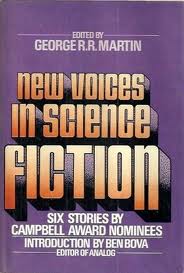 One of them is called “The Stone City,” a story I’m very high on. It’s in an anthology I edited, and will be out in about a year. It’s a collection of original novelettes written by the nominees for the first John W. Campbell Award which was presented at Torcon. Jerry Pournelle, myself, Bob Thurston, Lisa Tuttle, Ruth Berman, and George Alec Effinger will be included. So, six stories. It’s an interesting collection.
One of them is called “The Stone City,” a story I’m very high on. It’s in an anthology I edited, and will be out in about a year. It’s a collection of original novelettes written by the nominees for the first John W. Campbell Award which was presented at Torcon. Jerry Pournelle, myself, Bob Thurston, Lisa Tuttle, Ruth Berman, and George Alec Effinger will be included. So, six stories. It’s an interesting collection.
But since I’m including one of my own stories, I had to make sure it was one of my best stories. I’m trying to get a contract for a second one but MacMillan is terminating their science fiction line, so…I’ll just try to get another publisher. Unfortunately, Roger Elwood has destroyed the original anthology market. He’s destroyed the market for the original anthology just because he’s produced so many of them. There was only room for a certain number of anthologies, but in the space of a few years Elwood sold something like seventy of them. Now publishers are anthologied up to the gills; they don’t want anymore anthologies. Harper & Row won’t even look at an anthology anymore. It’s a pity.
TANGENT: We’ve talked to others like Harry Harrison, the del Reys, Poul Anderson, William Tenn, and more, who say the pulps are dead and the original anthology is the place to go. But now the original anthology market is totally flooded. So now what?
GRRM: Elwood’s anthologies mostly have not been very good. If the publishers pick up on this, that they’re not selling too well, then he’s not going to get more contracts. He’s a great salesman, but he’s not a very good editor.
People who do only one or two anthologies a year, like Terry Carr or Robert Silverberg, those are your major anthology editors. And I don’t think the magazines are in that bad a shape. After all, new ones are coming out. Analog’s circulation has never been higher, something like 120,000 a month.
TANGENT: Harry Harrison gave us a more historical viewpoint. He said that there used to be 30 or 40 pulps at one time and now there are only five or six.
GRRM: Yeah, but there were only 30 or 40 for a very short time. Some of those didn’t last but one or two issues. It’s very deceptive. Real live magazines, there’ve never been more than a dozen real established magazines coming out at the same time. When there were 30 or 40 magazines on the stands it was real illusive. There were all kinds of magazines like Vanguard Science Fiction edited by James Blish, that lasted one issue. Worlds Beyond edited by Damon Knight went for four issues. There were a lot of shoestring publishers and a lot of shoestring magazines.
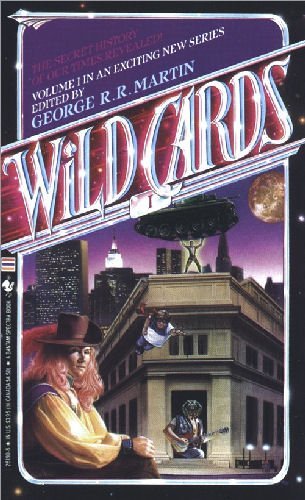 TANGENT: Is it true that you are going to be the nude centerspread for Nickelodeon #3?
TANGENT: Is it true that you are going to be the nude centerspread for Nickelodeon #3?
GRRM: No. (Laughing) Where’d you pick that up?
TANGENT: Just made it up. Would you pose though? (Laughing)
GRRM: If I told Tom [ed. note: Tom Reamy] that I wanted to do a collaboration with Lisa Tuttle and he said yes, then I’d ask Lisa. I don’t think she will though, so that protects me.
TANGENT: Are you going to do any more collaborations, like in “The Storms of Windhaven”?
GRRM: Lisa and I are doing more Windhaven stories. That story was my first collaboration, but I’ve done another one with Howard Waldrop that’ll be coming out in Amazing. I may do more, I don’t know, they’re refreshing for a change. They can tell you things about yourself as a writer.
Pohl and Kornbluth were great collaborators. They got together in the same room and one of them would start typing, he’d just start typing a story and he’d finish at the end of a page, or the end of the day, and go to bed. The other one who was sleeping would get up and sit down at the typewriter and resume. And they produced great stuff with that method, but for most writers that’s a real berserko way to write. The story would zig-zag all over the place. Lisa and I work well together, our styles melt very nicely.
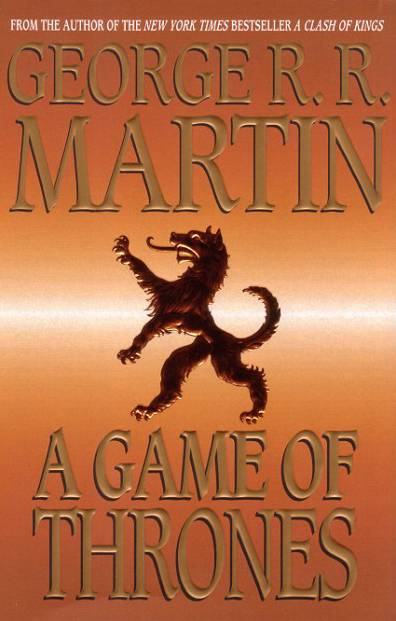
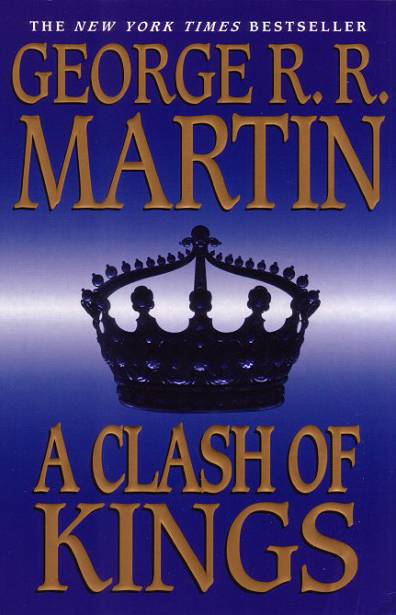
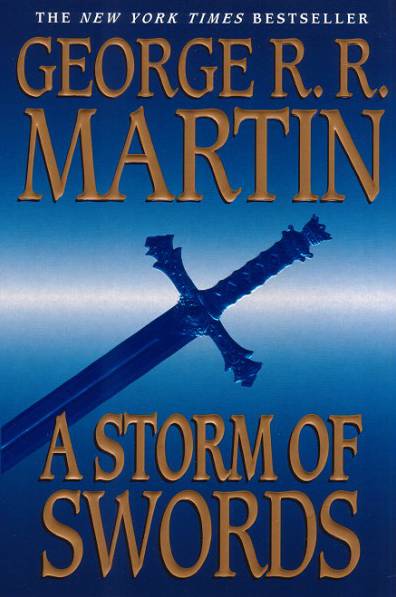
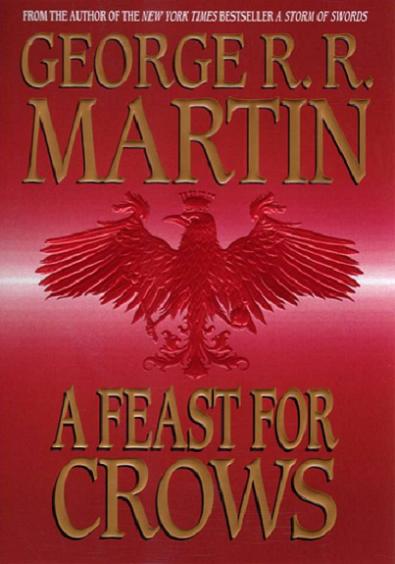
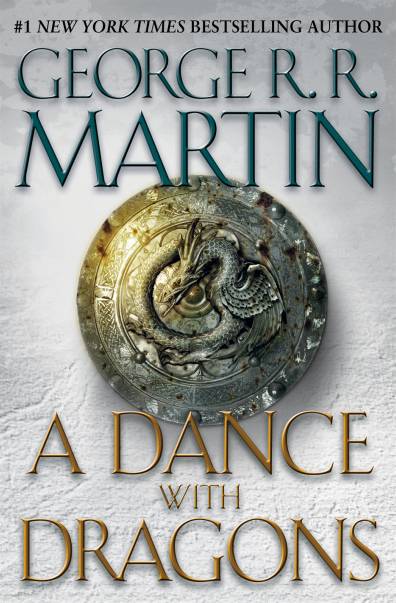
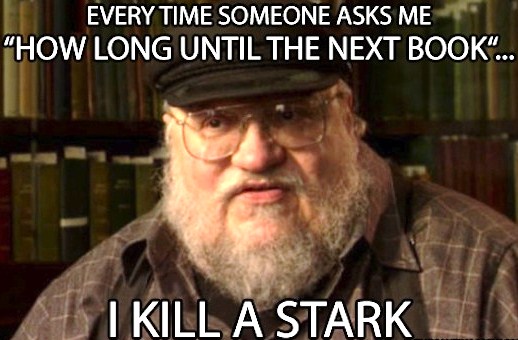
George R. R. Martin interview copyright © 1976, 2013 Dave Truesdale.
George R. R. Martin 1997 Nebula photo copyright © 1997, 2013 Dave Truesdale.
All Rights Reserved.